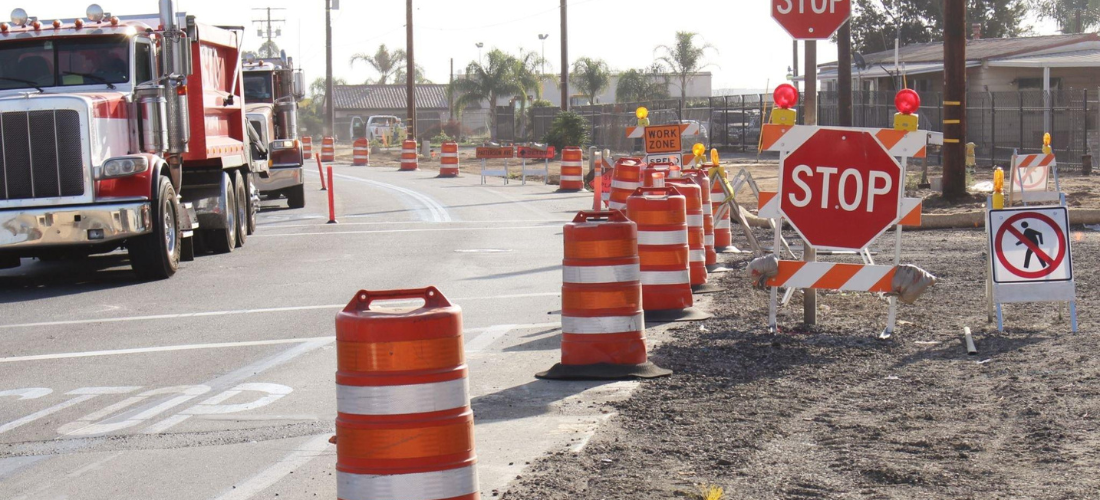Asphalt pavements are essential to modern transportation infrastructure, providing a smooth and durable surface for vehicles to travel on. However, over time, these pavements can deteriorate due to the effects of weather, traffic, and other environmental factors. To ensure the longevity and reliability of these pavements, maintenance, and repair are essential. One cost-effective and sustainable technique for maintaining asphalt pavements is micro-surfacing. In this blog post, we’ll discuss how micro-surfacing extends the lifespan of asphalt pavements and the benefits it offers.
What is Microsurfacing?
Microsurfacing is a thin layer of asphalt emulsion mixed with small aggregate, cement, and water, which is applied to the surface of an existing pavement. This mixture is spread using a specialized machine, creating a uniform layer over the existing pavement. Once applied, micro-surfacing cures quickly to form a durable, skid-resistant, and waterproof surface that can last up to ten years.
How Does Microsurfacing Extend the Lifespan of Asphalt Pavements?
Cost-Effective Maintenance
Microsurfacing is a cost-effective way to maintain asphalt pavements. It is less expensive than traditional pavement maintenance techniques, such as mill and fill, because it requires less material and labor. Since micro-surfacing is a preventive maintenance technique, it reduces the need for more extensive and expensive repairs in the future. By applying a thin layer of micro-surfacing, it can also help restore the pavement’s smoothness, reducing the need for costly repairs to fix potholes, ruts, and other surface defects.
Long-Term Durability
Microsurfacing offers excellent durability, which helps to extend the lifespan of asphalt pavements. The mixture contains polymer-modified asphalt emulsion that provides superior adhesion, flexibility, and resistance to water, weather, and traffic. The small aggregate particles in the mixture also provide additional strength and texture, improving skid resistance and reducing the risk of accidents.
Enhanced Surface Performance
Microsurfacing can enhance the performance of an asphalt pavement surface in several ways. First, it can fill in minor surface defects, such as small cracks, rutting, and raveling, preventing them from developing into more significant problems. Second, it can improve the pavement’s skid resistance, reducing the risk of accidents, especially during wet or slippery conditions. Third, it can enhance the pavement’s appearance, making it look new and fresh.
Environmentally Friendly
Microsurfacing is an environmentally friendly technique for maintaining asphalt pavements. Since it is a preventive maintenance technique, it reduces the need for more extensive repairs and reconstruction, which generates more waste and consumes more energy. Additionally, micro-surfacing requires less material and energy to produce, transport, and apply than traditional pavement maintenance techniques. This makes it a sustainable solution that can help reduce the environmental impact of road maintenance.
Conclusion
Microsurfacing is a cost-effective and sustainable technique for extending the lifespan of asphalt pavements. By applying a thin layer of asphalt emulsion, aggregate, cement, and water, microsurfacing can restore the pavement’s smoothness, durability, and skid resistance, reducing the need for more extensive and expensive repairs in the future. Microsurfacing is also an environmentally friendly solution that can help reduce the carbon footprint of road maintenance. With its numerous benefits, micro-surfacing is an excellent option for maintaining and prolonging the lifespan of asphalt pavements.

